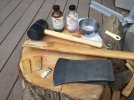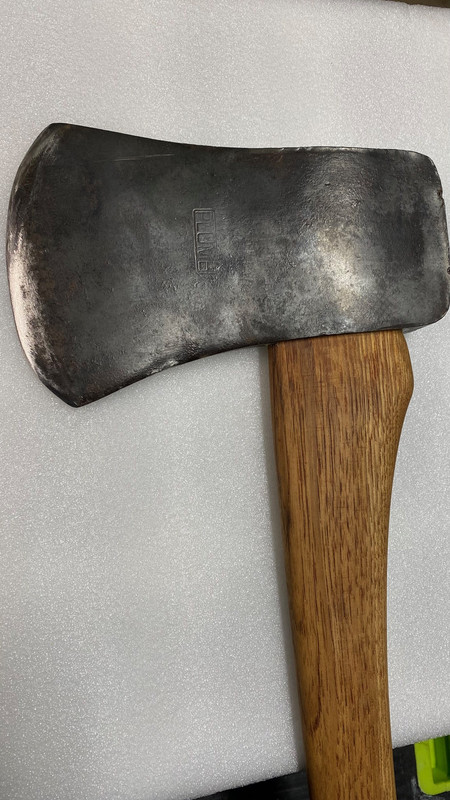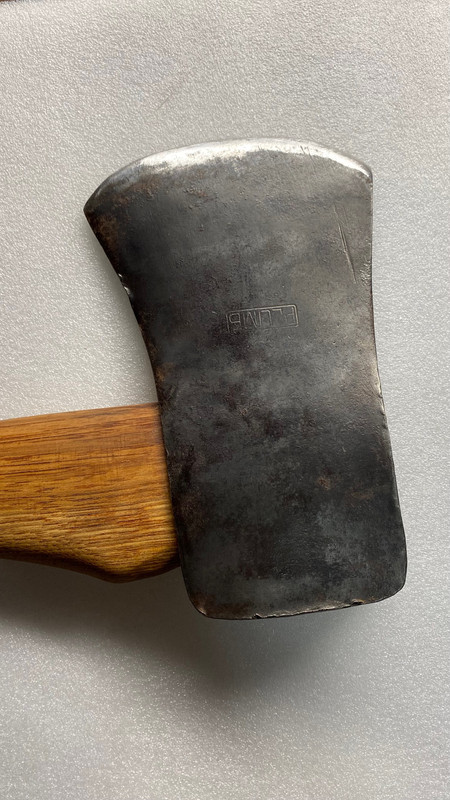I just bought my first axe and have had these questions bouncing around in my head for weeks:
1. Can any axe be made into a slip fit axe (as opposed to being wedged)? If not, what is unique about tomahawks and slip fit axe heads?
2. How true a test of steel quality is the "rings like a bell" test? If I shop for axe heads at garage sales etc., what should I be looking for to identify good steel?
3. How much of an axe head is heat treated? How much of the edge can be ground/sharpened back before only untreated steel remains?
1. Can any axe be made into a slip fit axe (as opposed to being wedged)? If not, what is unique about tomahawks and slip fit axe heads?
2. How true a test of steel quality is the "rings like a bell" test? If I shop for axe heads at garage sales etc., what should I be looking for to identify good steel?
3. How much of an axe head is heat treated? How much of the edge can be ground/sharpened back before only untreated steel remains?
Last edited:



